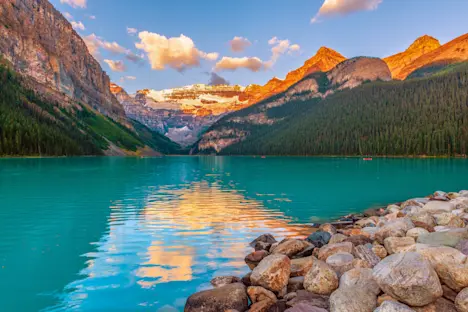Physical Requirements
At Nat Hab, we provide access to some of the most wondrous nature encounters the world has to offer. Many take place in destinations that are wild and remote, with varying physical demands and limited medical facilities. All trips may not be suitable for every traveler. In order to participate in this itinerary, travelers must comfortably and reliably be able to execute all physical requirements as noted below.
Level of Difficulty
- Moderate
Trip Pace
Visit five locations over 14 days
One day includes a round-trip scenic charter flight that is 1.5 hours each way (to Horizontal Falls)
Six of the 14 days involve travel by charter flight, commercial flight, or train; while often scenic, these are full travel days
Travelers must be able to walk 2 miles unassisted on a variety of terrain to fully enjoy the trip, and should expect 2–5 miles of walking per day
Walks and hikes range from .5-2 miles each, though the heat and terrain often make them feel much longer
Travelers should expect 2-4 hours of physical activity on most days
Walks and hikes are at a leisurely pace with guided interpretation
Terrain includes rocky surfaces, sand, gravel, slickrock, and paved paths
Most walks in Kakadu National Park and Purnululu National Park are under 2 miles but often include steep steps without handrails and slippery, uneven terrain. Travelers uncomfortable on uneven terrain may need to miss several walks, though some can be shortened for partial participation.
Travel by commercial plane, small chartered aircraft, train, minibus, 12-passenger vans, 4x4 vehicles and coach buses with large tires
Vehicles in Australia often have narrower seats than U.S. vehicles
Travelers must be able to get in and out of vehicles, small planes, and boats with minimal assistance
Travelers must be comfortable in small planes for up to 1.5 hours, in vehicles on rough roads, walking narrow train hallways, and sleeping in small train cabins
Some excursions may have no bathroom access for up to 3 hours
Not appropriate for travelers using wheelchairs, walkers or canes
Daytime temps often exceed 100°F
Conditions can be extremely humid, making it feel hotter
Early mornings and evenings at Uluru can drop to freezing; temps in the 30s°F are common in July and early August
N/A

































